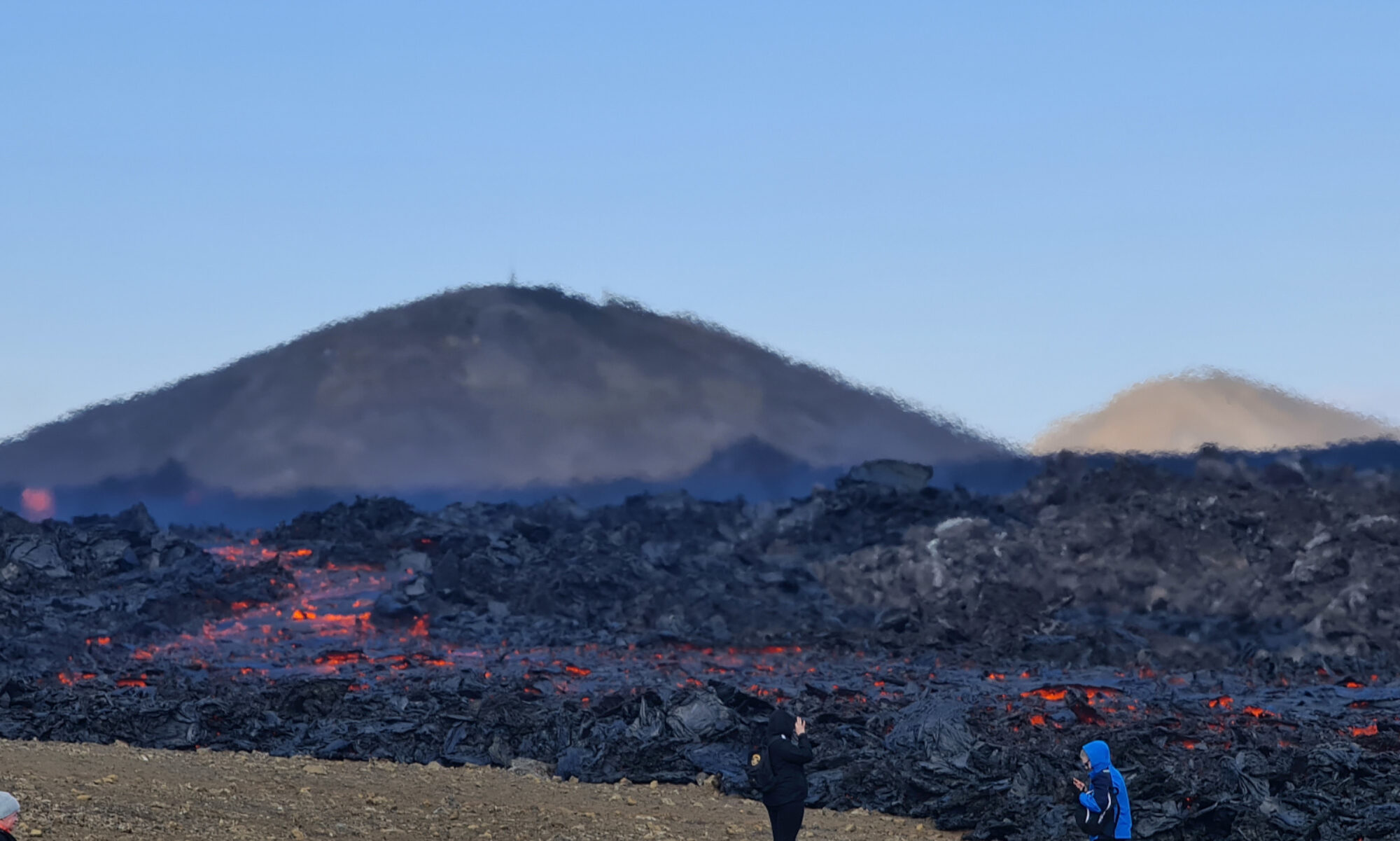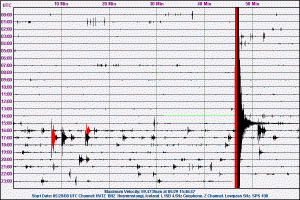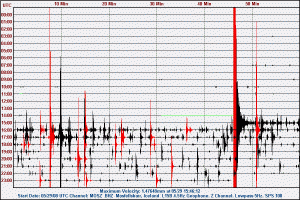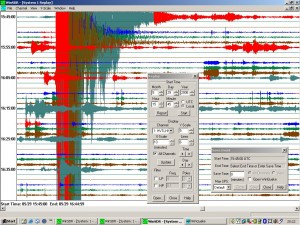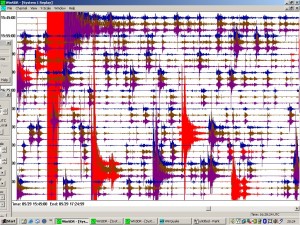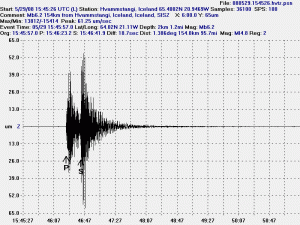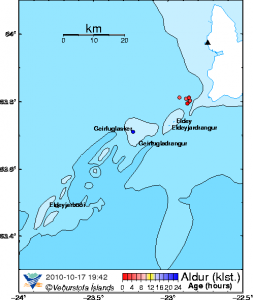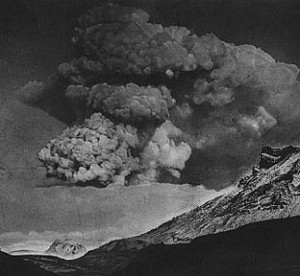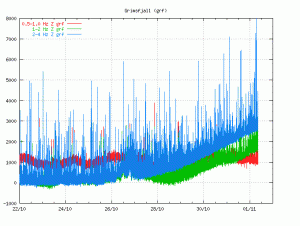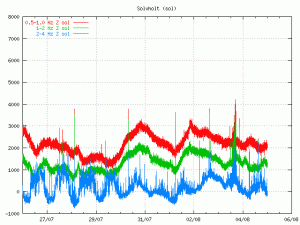Yesterday (18th October 2010) at 03:34 UTC there was a deep earthquake under Katla volcano. This earthquake was on a 14,8 km depth and had the size of ML0.7 according to reviewed earthquake data from IMO (this is too small for my Hekla geophone to detect at this distance). This was a single earthquake and does not indicate anything special at current time. However this earthquake might possibility signal a change inside Katla volcano and might be a start of a longer process that is in the end going to lead to a eruption in Katla some time in the future.
Currently it is unclear how the path to volcano eruption starts in Katla. But in 1918 there where no instruments to record that eruption.
This type of deep earthquake have sometimes created harmonic tremor signals in Katla volcano. But that happens due to dike event inside the volcano. This has happened regularly over the last few years. But has not been big enough to start a eruption.
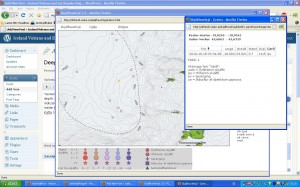
Picture of the earthquake as it appears on IMO web site in the “EWIS (Icelandic)” that IMO has. Currently this earthquake is not on the weekly reviewed charts.
This is not the only earthquake that has been happening in Katla volcano over the past few weeks.
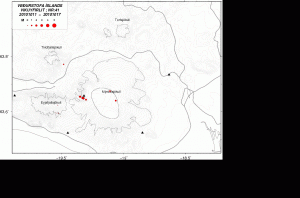
Week 41 earthquakes in Mýrdalsjökull and Eyjafjallajökull volcanoes.
The wait for Katla eruption is going to end one day. But that day is not today far as I know so far.
